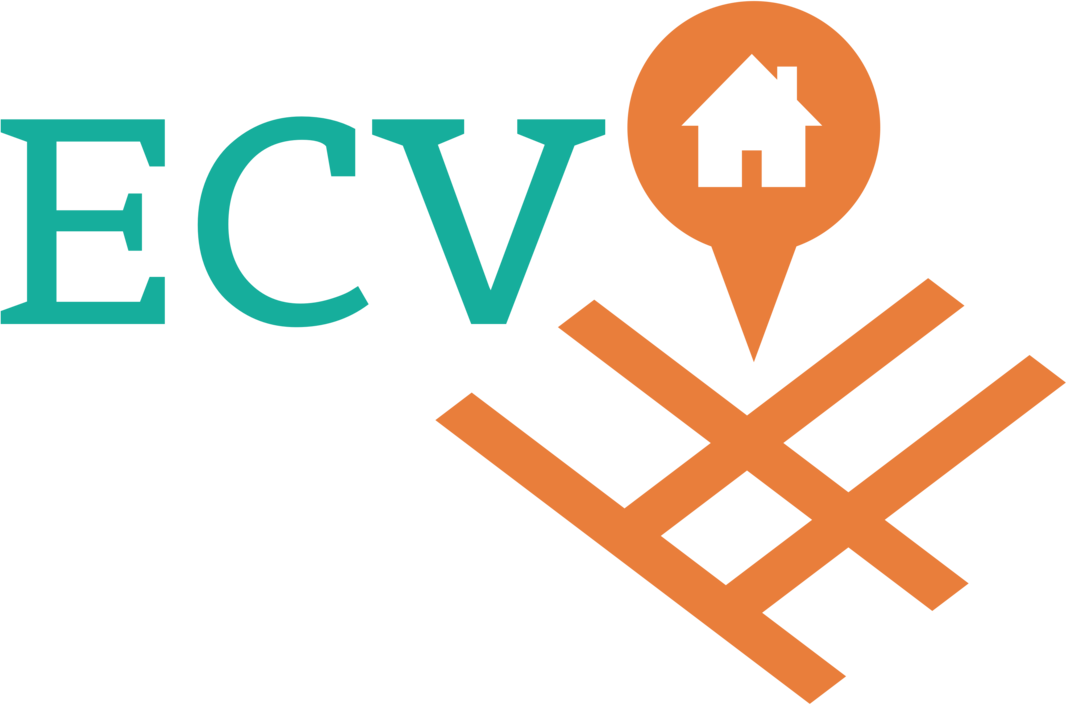Understanding Cerebral Palsy: What it is and How to Manage
The complex disorder known as cerebral palsy affects posture, muscle coordination, and movement. Globally, about 18 million individuals of all ages have cerebral palsy. It frequently poses particular difficulties for affected people and their families. In this article, we'll examine the foundations of cerebral palsy, including its etiology, symptoms, and different approaches to care. Our mission is to offer in-depth understanding and valuable advice to help people with cerebral palsy manage their journey of living with and supporting their loved ones, including caregivers, individuals with cerebral palsy, and those looking to learn more.
Understanding Cerebral Palsy
Cerebral palsy is a collection of long-term mobility abnormalities that first manifest in early childhood. It results from aberrant growth or injury to the brain regions in charge of posture, balance, and movement. The severity of cerebral palsy varies throughout individuals, as shown in the effects on motor skills, tone, and muscle movement. Even though cerebral palsy is a permanent disability, people with cerebral palsy can significantly improve their quality of life and functional abilities with early intervention and comprehensive management measures.
Kinds of Cerebral Palsy
Cerebral palsy comes in various forms, each distinguished by unique symptoms and body parts affected. Cerebral palsy comes in several primary forms.
Spastic Cerebral Palsy: This is the most prevalent kind of cerebral palsy, impacting roughly 70–80% of CP patients. Tense, rigid muscles that can restrict the range of motion and mobility are what set it apart.
Spastic Diplegia: Mostly affects the legs, resulting in walking difficulties and stiffness.
Spastic Hemiplegia: usually results in stiffness and decreased motor function on the affected side of the body.
Spastic Quadriplegia: affects the face, trunk, and all four limbs; it results in extreme stiffness and frequent intellectual incapacity.
Dyskinetic (Athetoid) Cerebral Palsy: This movement is uncontrollable and involuntary. These jerky, twisting, or writhing motions may impact the face, chest, or limbs. Dyskinetic CP patients may also struggle to maintain proper posture.
Ataxic Cerebral Palsy: This type of disability typically involves issues with coordination and balance. People may stagger, need help with fine motor skills like writing or buttoning a shirt, and walk with a broad stride.
Mixed Cerebral Palsy: Some people with cerebral palsy may have symptoms that are difficult to categorize and may have traits from multiple types of the condition. For instance, a person may have both dyskinetic and spastic characteristics.
Diagnosing Cerebral Palsy
Diagnosing cerebral palsy is assessed using a comprehensive method that looks at several aspects, validates the condition's existence, and establishes its impact and severity. Here's an overview:
Clinical History: Typically, the initial step entails obtaining a thorough clinical history that covers all potential prenatal, perinatal, and postnatal causes of cerebral palsy and contains details about the pregnancy, delivery, and developmental milestones.
Physical Examination: A comprehensive physical examination evaluates coordination, reflexes, muscle tone, and motor skills. This assessment aids in locating any indications or symptoms that may point to cerebral palsy.
Developmental Assessment: Assessing developmental milestones is vital because cerebral palsy may result in delays or anomalies in meeting developmental milestones.
The Impact of Cerebral Palsy
It is essential for people with cerebral palsy, their families, caregivers, and society at large to comprehend the effects of the condition. Depending on the degree of the ailment, the kind of cerebral palsy, and the individual's particular circumstances, its influence varies greatly. When analyzing the effects of cerebral palsy, keep the following points in mind:
Physical Challenges: Movement issues, such as with walking, fine motor skills, and coordination, can result from cerebral palsy. Some people may have involuntary movements or stiff muscles, which might impair their capacity to carry out daily chores independently.
Emotional and Social Impacts: Living with cerebral palsy can provide social and emotional difficulties. People with this disease may feel frustrated, anxious, or depressed; this is especially true if they encounter discrimination or encounter obstacles to social interaction. Promoting mental well-being requires developing a sense of belonging and supporting relationships.
Family Dynamics: Family dynamics can be profoundly impacted by caring for a child or family member with cerebral palsy. Families may experience higher stress levels, financial strain, and practical difficulties when accessing therapies and healthcare services. Families must have access to sufficient resources and help to manage these difficulties successfully.
Treatments for Cerebral Palsy
Depending on the type of cerebral palsy, the individual's demands, and the intensity of their symptoms, many treatment options are available. These are a few typical therapy choices:
Physical Therapy: Physical therapy is typically the foundation of treatment for cerebral palsy. It involves exercises and stretches tailored to each person's ability, enhancing strength, flexibility, balance, and mobility.
Occupational Therapy: Occupational therapy assists people with cerebral palsy acquire the skills necessary for daily tasks, including writing, eating, and dressing. It could entail instruction in assistive technology use, adaptive strategies, and fine motor abilities.
Speech Therapy: Speech therapy aids people with cerebral palsy to develop their language, swallowing, and speaking abilities. Exercises, communication aids, and other forms of alternative communication are some of the strategies that therapists may employ.
Surgical Interventions: Under some conditions, to correct abnormalities, improve function, or reduce spasticity. Tendon lengthening (a surgical technique wherein a tendon is severed whole or in part to create a longer, more helpful tendon) and corrective orthopedic treatments are standard surgical procedures for cerebral palsy.
Lifestyle Considerations for Managing Cerebral Palsy
When addressing cerebral palsy, consider enhancing the quality of life for those with the condition and fostering general well-being. Key lifestyle factors to consider are as follows:
Nutrition and Diet: People with cerebral palsy must maintain a balanced diet. A healthy diet promotes general well-being, controls weight, and boosts vitality. Conversation with a nutritionist or medical expert can assist in creating a customized meal plan that considers any dietary restrictions or difficulties related to cerebral palsy.
Exercise and Physical Activity: Regular exercise increases strength, flexibility, and mobility for cerebral palsy patients. Exercise regimens specifically designed for you, such as low-impact and stretching exercises, can help control your spasticity and avoid muscular contractures. Supporting adaptive sports and leisure activities is another way to encourage fun and sociability.
Stress Management and Mental Health: Both the mental health of the person with cerebral palsy and the caretakers can be impacted by overcoming its problems. Resilience can be enhanced and anxiety managed by putting stress-reduction strategies like mindfulness, relaxation training, and asking for help from peers or mental health specialists into practice.
Regular Healthcare Monitoring: Regular check-ups and ongoing medical monitoring are crucial for controlling cerebral palsy and related health problems or complications. Monitoring growth and development includes evaluating orthopedic issues and modifying treatment programs.
Conclusion
In conclusion, knowing about cerebral palsy enables us to appreciate each person impacted by the condition and to accept their perseverance. This journey is characterized by persistence and victories, from diagnosis to management, with each milestone attained as a tribute to the strength of willpower and support. Together, let's embrace diversity and build an inclusive society where all people, regardless of ability, can prosper.
Please tell your friends and family about this blog so they can learn how to understand people with cerebral palsy and how to help them.
Check out our care blog section for more helpful blogs like this one.

